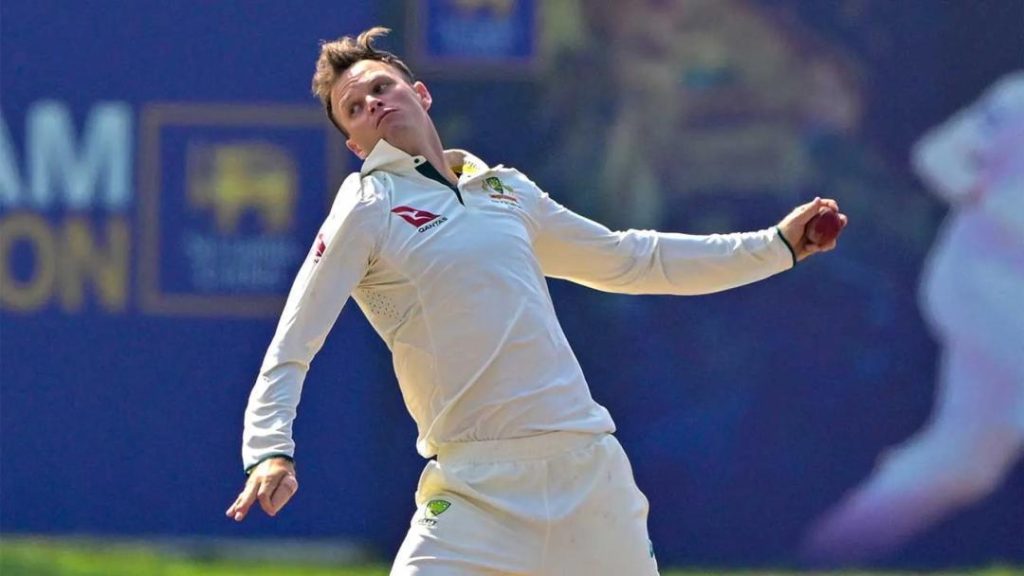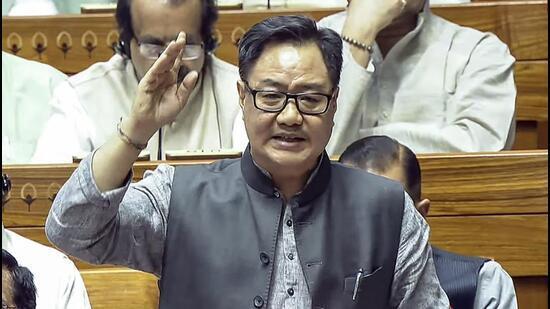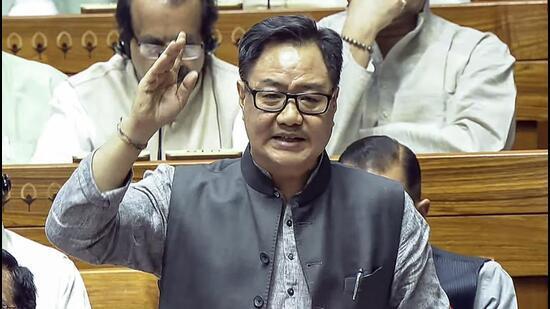
Australia’s Matthew Kuhnemann Reported for Suspect Bowling Action
In a shocking turn of events, Australian spinner Matthew Kuhnemann has been reported for a suspect bowling action, just days after leading his team to a 2-0 Test series victory in Sri Lanka. The 28-year-old was Australia’s leading wicket-taker in the series, taking 12 wickets in the two Tests, and was instrumental in his team’s dominant performance.
Kuhnemann’s action was reported following the second Test in Galle, which Australia won by an innings and 111 runs. The match saw Kuhnemann take 6/102 in Sri Lanka’s first innings, and 2/54 in their second innings, to help Australia bowl out the hosts for 386 and 139.
According to the International Cricket Council (ICC) regulations, a bowler’s action is considered suspect if it exceeds the 15-degree limit on the elbow extension, as measured by the ICC’s approved technology. If a bowler’s action is found to be illegal, they are given a warning, and if it is found to be repeated, they can be banned from bowling.
Kuhnemann will now have his action assessed to determine its legality. The assessment process typically involves a combination of video analysis, biomechanical testing, and consultations with the bowler and their team. The process can take several weeks or even months to complete, and the bowler is allowed to continue bowling until the results are announced.
The news has come as a surprise to many, as Kuhnemann’s action was not previously considered to be suspect. He has been a key member of the Australian Test team in recent years, and his performances have been instrumental in the team’s success.
Kuhnemann’s bowling action is characterized by a high-arm action, which has been a concern for some coaches and analysts. However, he has always maintained that his action is within the rules, and has worked with coaches and analysts to ensure that it is legal.
The news has sparked a debate about the ICC’s regulations and the process of reporting and assessing suspect bowling actions. Some have questioned the accuracy of the technology used to measure elbow extension, while others have called for a more nuanced approach to dealing with bowlers who have suspect actions.
The incident has also raised questions about the impact it could have on Kuhnemann’s career. If his action is found to be illegal, he could face a ban from bowling, which would be a significant setback for his career. On the other hand, if his action is deemed legal, he could continue to play a key role in the Australian team’s bowling attack.
The Australian Cricket Board has not commented on the matter, but it is expected to provide an update on Kuhnemann’s situation in the coming weeks. The ICC will also provide a detailed report on the assessment of Kuhnemann’s action, which will be made public.
In the meantime, Kuhnemann will continue to bowl, and his teammates will continue to back him. His captain, Pat Cummins, has expressed confidence in Kuhnemann’s ability to bowl within the rules, and has praised his contribution to the team’s success.
The incident is a reminder that, in cricket, there is always more to the game than what meets the eye. While Kuhnemann’s bowling action may have raised concerns, it is just one aspect of his game that has made him a successful bowler. As the assessment process unfolds, cricket fans around the world will be eagerly watching to see what the future holds for Kuhnemann and his bowling action.






